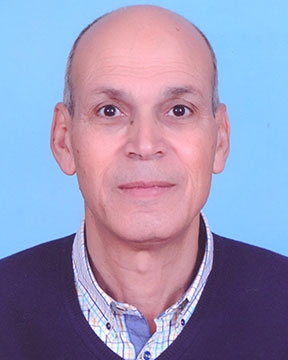Abstract:
Calcium phosphate (CaP) materials have received major attention in the biomedical field during the last decades, mainly for their compositional resemblance with the mineral phase of bone and their biological properties [1]. Nevertheless, the drawbacks associated with the low mechanical properties, injectability, and biodegradability of these materials have paved the way to design biocomposites for advanced applications [2]. Another challenge in the conception of CaP biomaterials is their use as a bone substitute or drug delivery system for the local treatment of bone diseases [3]. Furthermore, the interaction mechanisms at the interface between CaP and the surrounding biological environments are still far from being fully understood.
The present work focuses on (i) the precipitation of biological CaP materials under various synthesis conditions and (ii) the formulation of biocomposites based on a biomimetic calcium phosphate cement (CPC), loaded with a polysaccharide (PS) and a broad antibacterial spectrum antibiotic. The effects of PS and drug incorporation on the CPC physicochemical and rheological characteristics, as well on the in vitro drug release, were assessed.
The binding/release experiments performed with various biomolecules and precipitated apatite crystals indicated that adsorption from dilute solutions could be described as an ion-exchange process, involving the functional groups of the molecules and the ionic groups at the apatite surface. The interaction appears to be reactive for concentrated solutions, leading to a dissolution-re-precipitation phenomenon. A correlation between the physicochemical and surface properties of the specimens and their loading/release capacity was established.
The combination of the polymer and the drug with the reference cement did not affect its structure and composition. Increases of the compressive strength, as well as improvement of cohesion and injectability, however, were noticed. The release tests performed in the sodium chloride medium showed prolonged release profiles over several weeks; the release rate was dependent on cement composition.
The understanding of the interfacial phenomena of apatite materials and the control of the physicochemical and mechanical properties of bio-composites based calcium phosphate cements promote them as attractive candidates for biomedical applications.
References:[1] W. Habraken, P. Habibovic, M. Epple, and M. Bohner, Materials Today, 19 (2016.) 69-87.
[2] M.P. Ginebra, C. Canal, M. Espanol, D. Pastorino, E.B. Montufar, Adv. Drug Deliv. Rev., 64 (2012) 1090-1111.
[3] A. Bigi and E. Boanini, J. Funct. Biomater., 9 (2018), 6-18.
|




















